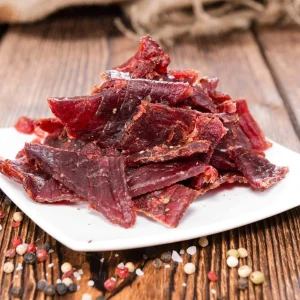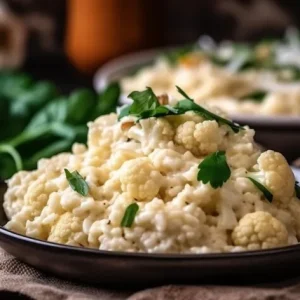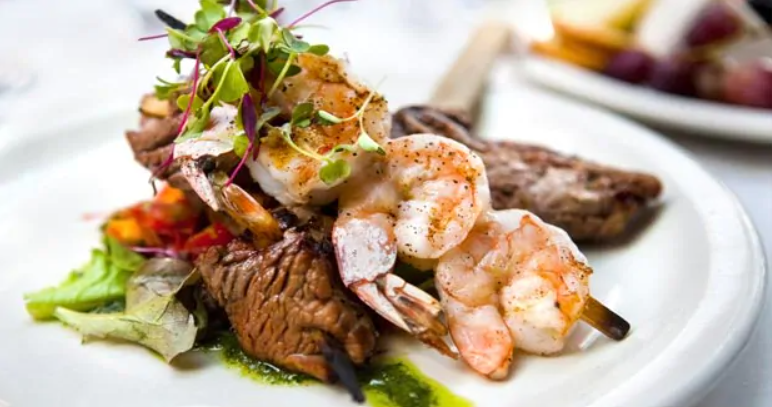Korean food is more than just a meal — it’s an experience that tells the story of a country’s resilience, creativity, and love for shared dining. From the sizzling sound of Korean BBQ to the comforting warmth of kimchi stew, every dish reflects Korea’s deep connection between food, family, and health.
As someone passionate about health food tips and mindful eating, I’ve always been fascinated by how Korean cuisine manages to balance bold flavors with nourishing ingredients. Whether you’re exploring traditional Korean dishes for the first time or simply curious about what makes Korean food unique, this guide will take you on a flavorful journey through Korea’s culinary culture — one delicious bite at a time.
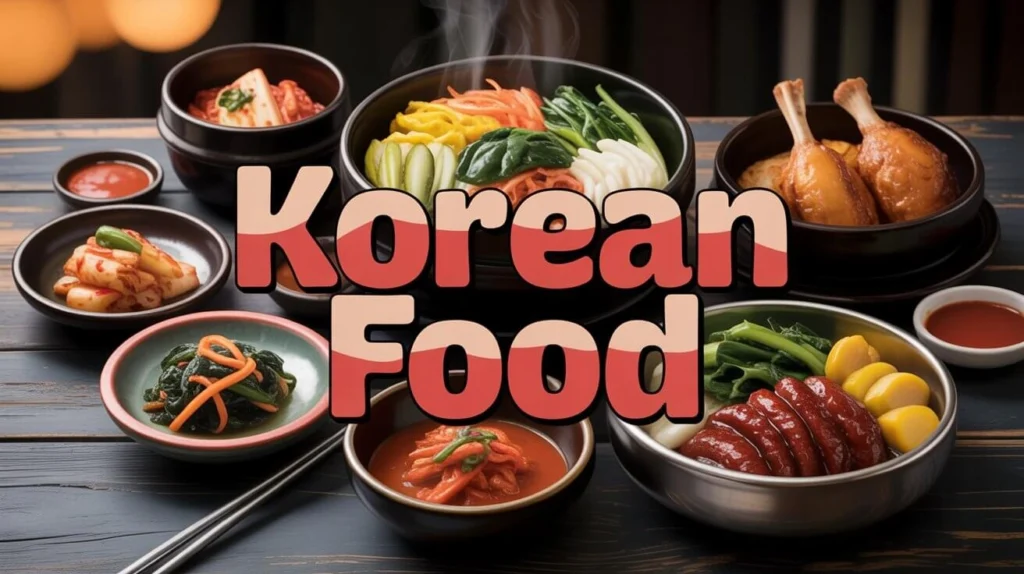
Content
Discover the Heart of Korean Food: A Journey Through Taste and Tradition
At the core of Korean cooking lies balance — spicy yet savory, sweet yet tangy, and most importantly, indulgent yet healthy.A typical Korean meal isn’t complete without banchan, an assortment of Korean side dishes served with rice and soup. These small plates — like kimchi, spinach namul, and bean sprouts — aren’t just flavor enhancers; they’re full of vitamins, probiotics, and fiber that promote gut health and overall well-being.
One of the most beautiful things about Korean food is how it honors nature’s rhythm. Seasonal ingredients dictate the menu — fresh greens in spring, cooling noodles in summer, fermented foods in winter. This focus on natural, nutrient-rich eating is something modern diets can learn from.
Traditional Korean Dishes You Must Try
If you’re new to this cuisine and wondering where to start, here are a few must-try Korean dishes for beginners that showcase its depth and diversity.
1. Bibimbap — The Perfect Bowl of Balance
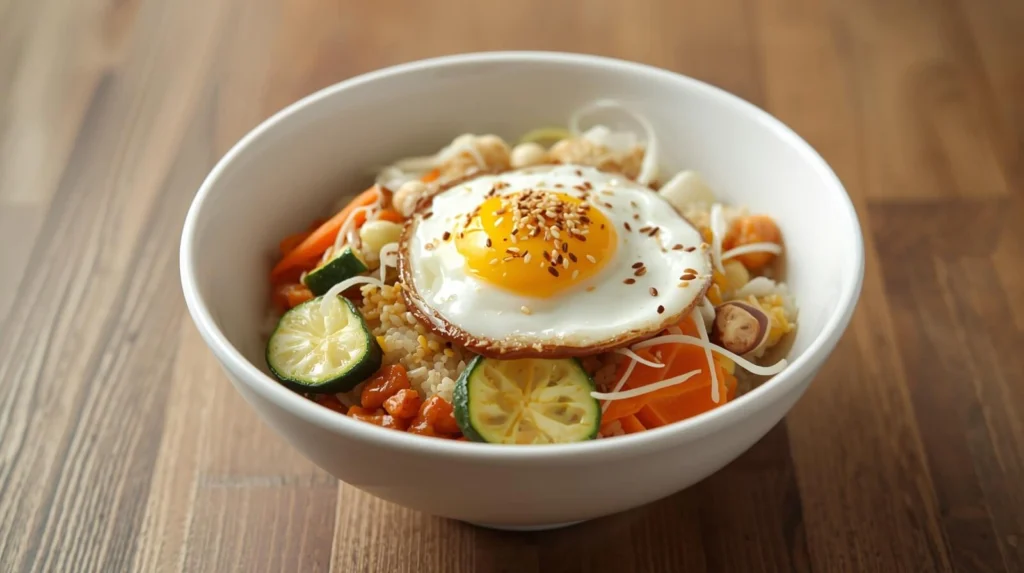
Bibimbap, which means “mixed rice,” is a colorful and nutrient-packed dish topped with sautéed vegetables, a fried egg, gochujang (spicy red pepper paste), and sliced beef or tofu.It’s the perfect example of healthy Korean food options — combining carbohydrates, protein, and fresh vegetables into one balanced meal. I often recreate it at home as a quick lunch, adding my own twist by swapping rice for quinoa.
2. Kimchi Jjigae — The Ultimate Comfort Food
No list of Korean comfort food is complete without kimchi jjigae, or kimchi stew. Made with aged kimchi, tofu, scallions, and pork, this dish is spicy, tangy, and deeply satisfying.It’s also rich in probiotics that boost digestion and immunity — a true testament to how Korean food blends flavor and wellness.
3. Bulgogi — Sweet and Savory Perfection
Bulgogi, thinly sliced marinated beef grilled to perfection, is one of Korea’s most famous dishes. The soy sauce, sesame oil, and garlic marinade creates a sweet and savory flavor profile that’s impossible to resist.Health tip: Choose lean cuts and pair bulgogi with fresh lettuce wraps for a lighter, more balanced meal.
Street Food: The Soul of Everyday Korea
While traditional meals capture Korea’s heritage, Korean street food reveals its playful, creative side.On my first trip to Seoul, I found myself surrounded by sizzling sounds and irresistible aromas in Myeongdong’s night market. I tried tteokbokki, spicy rice cakes in chili sauce, and hotteok, sweet syrup-filled pancakes — both addictive and comforting in their own way.
What struck me most wasn’t just the taste, but the sense of community. Locals and tourists alike gathered around food stalls, laughing, chatting, and sharing bites. That’s the magic of Korean street food — it connects people, one skewer at a time.
Side Dishes and Sauces: The Foundation of Flavor
A big part of what makes Korean food unique is its side dishes and sauces, which turn simple ingredients into bold, memorable meals.
- Kimchi: Fermented cabbage spiced with chili and garlic. Packed with antioxidants and probiotics.
- Doenjang: A fermented soybean paste, similar to miso, rich in umami and beneficial enzymes.
- Gochujang: A spicy-sweet chili paste that adds depth to countless dishes.
I often use gochujang as a base for salad dressings or marinades. It gives even a simple grilled chicken or tofu dish a fiery kick that rivals restaurant flavors — all while adding nutrients and complexity.
Drinks and Desserts: Korea’s Sweet Finish
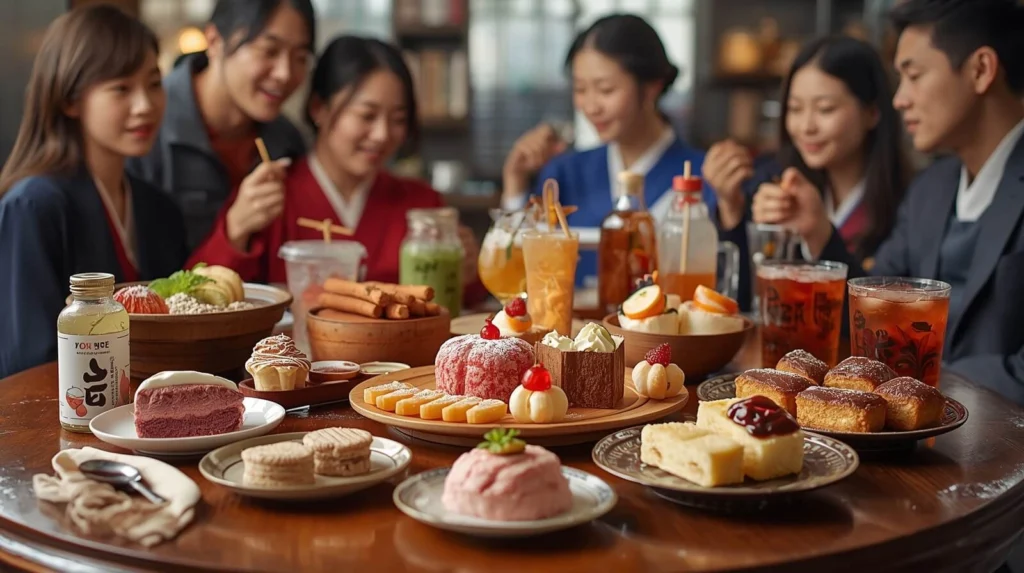
No meal is complete without something refreshing. Traditional Korean drinks like sikhye (sweet rice punch) and barley tea help with digestion, while modern favorites like yuzu tea offer vitamin C-rich sweetness.For dessert, try bingsu, a mountain of shaved ice topped with fruits, red beans, or condensed milk — the perfect treat after a spicy meal.
A Real-Life Case Study: How Korean Food Helped One Woman Improve Her Gut Health
Let’s look at a real example that shows how powerful Korean food can be when it comes to health.
Case Study: Mina’s Gut Health Transformation
Mina, a 35-year-old designer from California, struggled with bloating and digestion issues for years. After consulting a nutritionist, she began incorporating traditional Korean dishes into her diet — mainly kimchi, doenjang soup, and bibimbap.
Within three months, she noticed a significant improvement in digestion, energy levels, and even skin clarity. Her doctor attributed it to the probiotics and fermented foods that naturally support a healthy microbiome.
Mina now preps kimchi weekly and enjoys her own version of bibimbap for lunch — proof that the wisdom of Korean cooking translates beautifully into a modern, health-conscious lifestyle.
Cultural Significance and Modern Appeal
Beyond its health benefits, Korean cuisine is a reflection of community, gratitude, and patience. Meals are rarely eaten alone — they’re shared, celebrated, and prepared with care.Even as global food trends evolve, Korean food has managed to retain its authenticity while gaining international appeal. From K-pop fans to food lovers, people around the world are discovering that Korea’s culinary charm lies not only in taste but in tradition.
Why Korean Food Deserves a Spot in Your Healthy Lifestyle
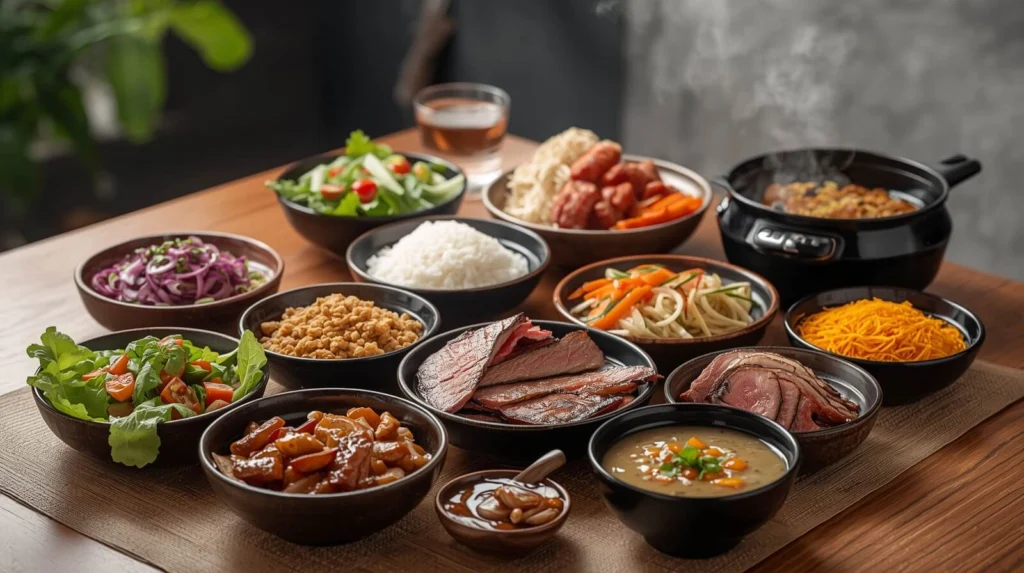
In a world filled with processed snacks and fast food, Korean cuisine offers a refreshing reminder that healthy eating doesn’t have to be boring. The natural balance of vegetables, proteins, and fermented ingredients makes it ideal for anyone pursuing wellness without sacrificing flavor.
So, whether you’re cooking at home or dining out, start small — maybe try bibimbap or kimchi stew — and see how it fits into your lifestyle. With every bite, you’re not just enjoying a meal; you’re embracing a centuries-old philosophy of balance and nourishment.
Final Thoughts
From bustling street stalls to cozy home kitchens, Korean food captures the perfect balance of flavor, health, and culture. Its fresh ingredients and bold spices make it ideal for any time of day — especially as satisfying night food that comforts and nourishes. Next time you crave something wholesome yet exciting, try a warm bowl of bibimbap, sip soothing barley tea, or make your own kimchi. You’ll see why Korean cuisine isn’t just tasty — it’s one of the world’s most balanced and life-enriching ways to eat.
FAQs
Is tteokbokki halal?
Traditional tteokbokki may use non-halal ingredients, but halal versions made with fish cake or vegetables are widely available.
Is ramen a Korean food?
Ramen originally comes from Japan, but Korean ramen (ramyeon) is a local version known for its spicy, flavorful broth.
Is sushi Korean food?
No, sushi is Japanese. However, Korean gimbap looks similar — it’s made with rice, seaweed, and vegetables, but without raw fish.
Is Korean food healthy?
Yes, Korean food is naturally healthy — rich in fermented dishes, vegetables, and lean proteins that support gut and heart health.

Matilda Shue a health blogger, but her words have the power to change your life. She is an avid reader and she loves nothing more than curling up with a good book. She always strives for perfection in everything she does, so it’s no surprise that she plans on becoming the next JK Rowling one day!




